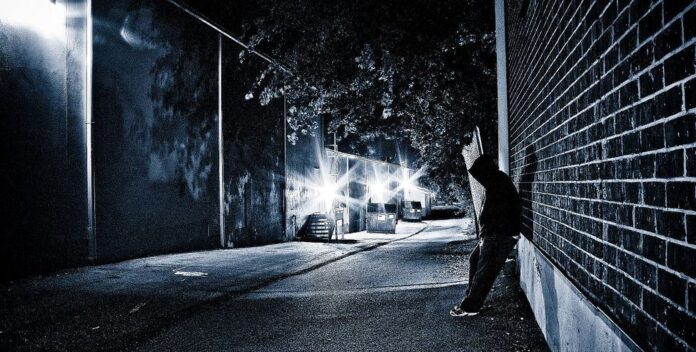Many cities have invested in significant upgrades to street lighting, converting to energy efficient LED and solar powered fixtures in an effort to save money and power. In some places, the local government has resorted to turning off the night time street lighting entirely. There are those who believe that this is an unacceptable option for conserving resources, citing an increase in traffic accidents and crime as a reason to keep the lights on. A new study from the University of London School of Medicine, published in the Journal of Epidemiology and Community Health, has called this correlation into question, concluding that there is no relationship between increased street lighting and less crime.
Research Casts Shadows on Conventional Wisdom
Night lighting in cities consumes a lot of energy, and the light pollution from heavily populated areas has a detrimental impact on the environment. Municipalities assume that the financial and environmental costs of lighting are a necessary evil in order to reduce crime and prevent automobile collisions. Only recently have local governments, who may not be able to afford LED Amber upgrades, been scaling back their night lighting for both cost and environmental reasons. The choice to turn off the lights has often been portrayed as a somber sacrifice in safety.
The 2015 study indicates that this may, in fact, be a false portrayal of the situation. Researchers looked at data on road traffic collisions and crime in 62 cities in England and Wales where authorities had turned the lights off, dimmed the lights, turned them off intermittently, or substituted the lamps with low-power LEDs. They found that reduced lighting had no effect on crime or accident rates.
The University of London’s study is consistent with other recent research. A 2011 study, focusing on London, found no correlation between street lighting and safety. A 1997 report to the United States Congress by the National Institute of Justice reached the same conclusion. A further study, conducted by the City of Chicago in 2000, showed that bad outdoor lighting can actually contribute to crime rates; while a 2012 report by the American Medical Association concluded that glare from unshielded lights can decrease safety for drivers.
Fear of the Dark: Addressing Public Concerns
Increased lighting may not increase safety, but it does affect the perception of safety. City dwellers out at night understandably feel that they need stronger lighting to travel safely. Residents in some cities have expressed concern when night lighting was dimmed or eliminated to save money.
To address these concerns, community leaders must engage in outreach with residents so that they understand the basis for any street lighting plan. Residents are less likely to object to such changes if they are consulted up front and given reasons supported by facts to explain the locality’s plan of action.
It is also important to note that reducing outdoor lighting does not mean eliminating night lighting entirely. Many of the councils under study had replaced traditional lighting with energy saving measures such as amber LED lights. These lights are dimmer but still provide sufficient illumination for pedestrians and drivers alike; and their low, familiar orange glow cannot be seen by nocturnal species. City leaders can apply common sense to provide adequate visibility at night and at the same time reduce unnecessary glare by installing fully shielded or cutoff fixtures wherever applicable.




